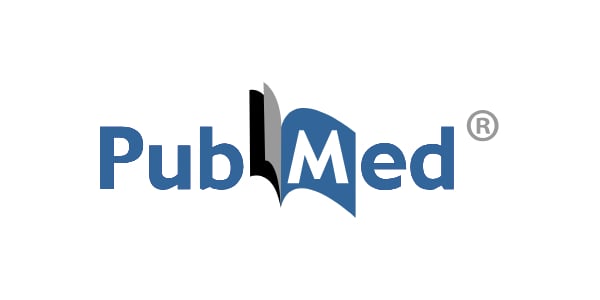1 min read
100 Years of data - Far-UVC Impact on Pathogens, Cells, Skin, and Eyes
 UV Medico
:
Mar 5, 2024 9:05:26 AM
UV Medico
:
Mar 5, 2024 9:05:26 AM

The coronavirus pandemic requires new disinfection approaches, especially for airborne viruses. The 254 nm emission of low-pressure vacuum lamps is known for its antimicrobial effect, but unfortunately, this radiation is also harmful to human cells. Some researchers published reports that short-wavelength ultraviolet light in the spectral region of 200–230 nm (far-UVC) should inactivate pathogens without harming human cells, which might be very helpful in many applications.
Methods
A literature search on the impact of far-UVC radiation on pathogens, cells, skin, and eyes was performed and median log-reduction doses for different pathogens and wavelengths were calculated. Observed damage to cells, ski,n and eyes was collected and presented in standardized form.
Results
More than 100 papers on far-UVC disinfection, published within the last 100 years, were found. Far-UVC radiation, especially the 222 nm emission of KrCl excimer lamps, exhibits strong antimicrobial properties. The average necessary log-reduction doses are 1.3 times higher than with 254 nm irradiation. A dose of 100 mJ/cm2 reduces all pathogens by several orders of magnitude without harming human cells, if optical filters block emissions above 230 nm.
Conclusion
The approach is very promising, especially for temporary applications, but the data is still sparse. Investigations with high far-UVC doses over a longer period have not yet been carried out, and there is no positive study on the impact of this radiation on human eyes. Additionally, far-UVC sources are unavailable in larger quantities. Therefore, this is not a short-term solution for the pandemic but may be suitable for future technological approaches for decontamination in rooms in the presence of people or for antisepsis.
Latest knowledge from UV Medico

1 min read
Germicidal Efficacy and Mammalian Skin Safety of 222-nm UV Light
.jpg)
222 nm UVC Light: Noncarcinogenic, Safe for Human Skin Sterilization

Far-UVC: Significantly Safer for Eyes, Proven by Corneal Damage Study

1 min read
UVC Wavelengths Effectively Inactivate Coronaviruses and Phage Phi6

222nm UVC Light: Safe and Effective Bacterial Killer in Human Trials

Harmless Effects of 222 nm Far-UVC Radiation on Mouse Skin and Eyes

UVC Light: A Safer Alternative for Reducing Surgical Site Infections
 Read More
Read More
 UV222™
UV222™ UV222 Linear
UV222 Linear UV222 Downlight
UV222 Downlight Vertex 222
Vertex 222.png) UV222 Pendant
UV222 Pendant.png) UV222 Booth
UV222 Booth.png) UV222 Step-On
UV222 Step-On.png) UV222 Cleanroom Downlight
UV222 Cleanroom Downlight UV222 Dual Downlight 60x60
UV222 Dual Downlight 60x60 UV222 Material Airlock
UV222 Material Airlock UV222 Ambulance
UV222 Ambulance UV222 Compact
UV222 Compact UV222 Industrial
UV222 Industrial